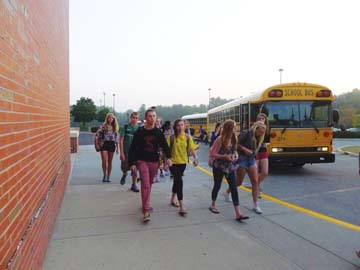
New transportation options are on the horizon for the Indianapolis metropolitan area. Due to the lack of transit in the city, students without cars are stranded in their neighborhoods. While helping the region, CHS students could access the entire region with expanded transportation.
The new transit service would be built in phases, with phrase one including a new expanded bus system and three rapid transit lines. Two types of transit have been chosen for the transit lines: light rail (LRT) and bus rapid transit (BRT). LRT consists of trains running on rails either in the street or in a separate right of way. BRT is essentially the same as LRT, except it uses buses. Two of the rapid transit lines will come near the city of Carmel. The Red line will be a BRT line traveling north from Greenwood, through downtown Indianapolis to Carmel, and the Green line will be an LRT line running from downtown Indianapolis North. The funding for the system would be collected through an increase of 0.3 percent of local income taxes in Marion and Hamilton counties.
Sophomore Patrick Laughlin said he currently has few options to get around the city. Laughlin said he takes the bus to school, but has to be driven to all other destinations.
“The emissions caused by cars on the road create significant environmental harm, and it would create stimulus to our local economy in that people would have access to more jobs,” Laughlin said.
Laughlin thinks that new transit options are worth the price, because over time, they will add much more to the economy than they will take.
Leslie Webb, president of the Carmel Green Initiative, advocates transit because of the abundance of benefits that transit can create.
“Businesses and homes that are served by the transit line increase in property values,” Webb said. She said that as an effect of the transit, the economy of the Indianapolis area could rapidly expand. Webb said public transportation is also a key to lowering our community’s carbon footprint, as it takes cars off the road
Before construction can start, the Indiana state legislature needs to approve local funding for the system. Before residents can vote, county officials must then decide if they want to put the referendum on their local ballots. If passed, construction on phase one will take 10 years.
Webb said, “Without (the new transportation options), we cannot compete with other cities that have mass transit.”










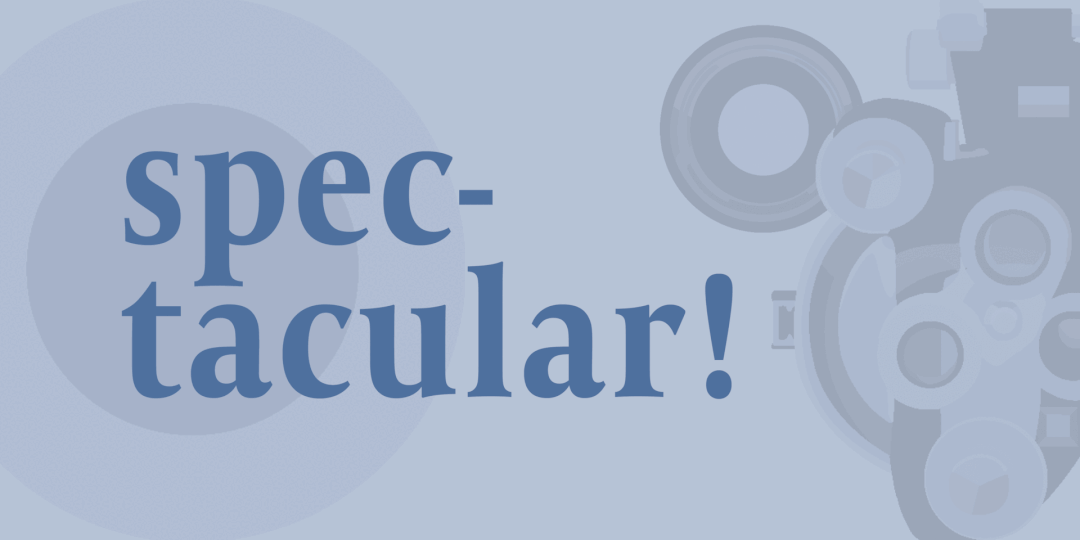





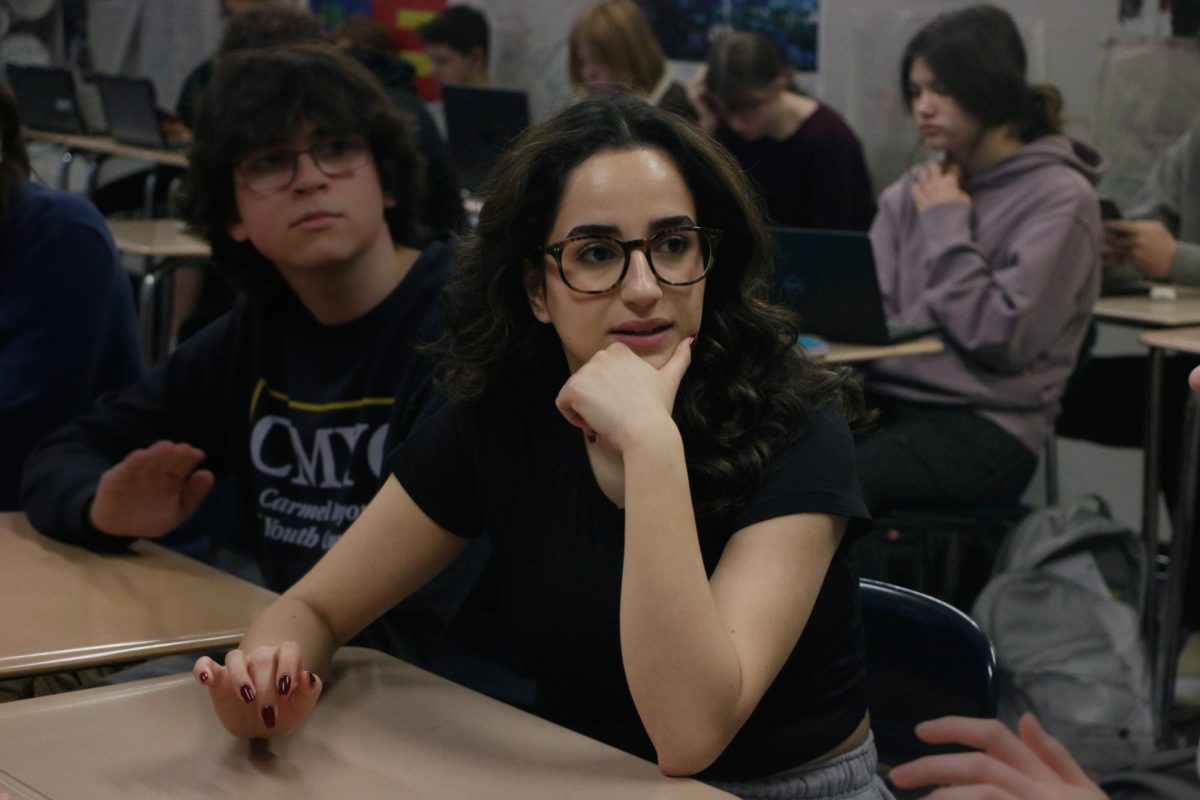

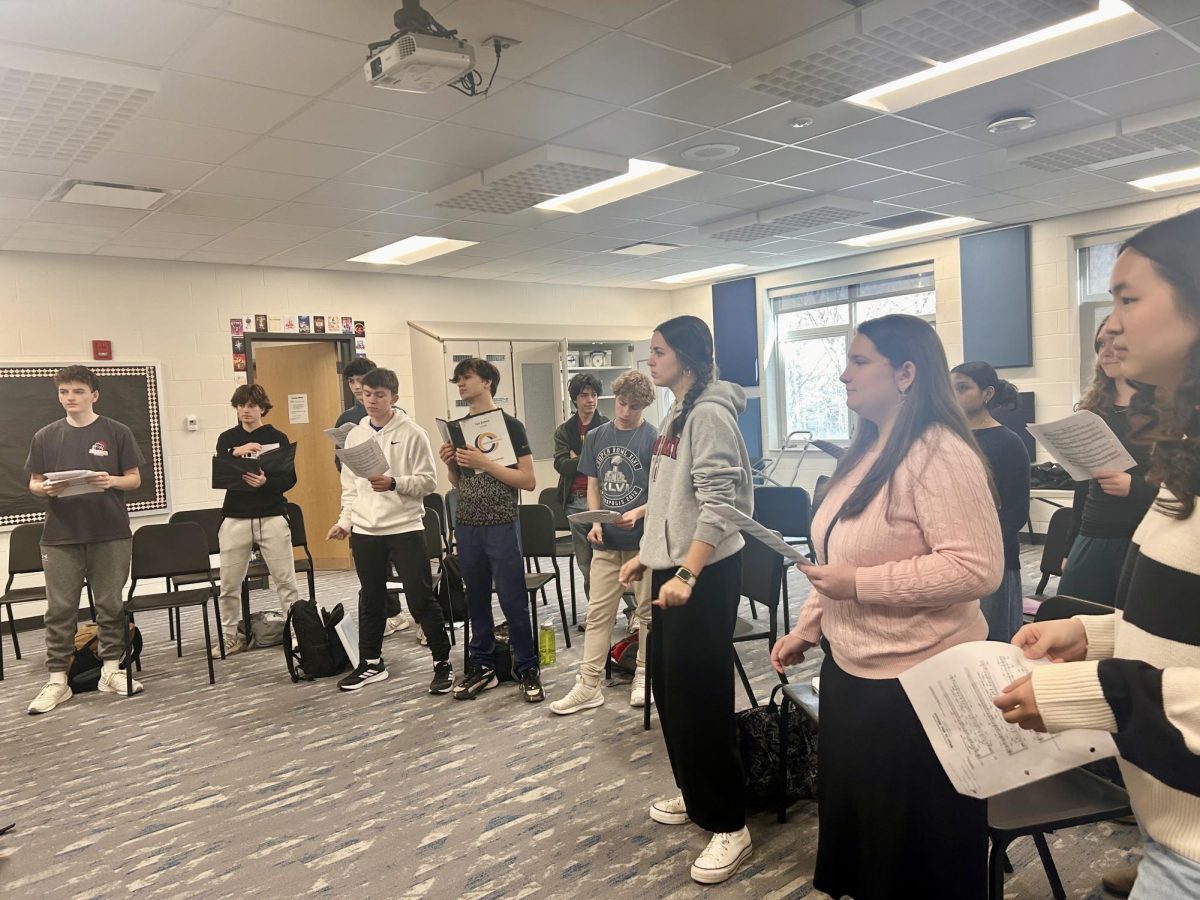

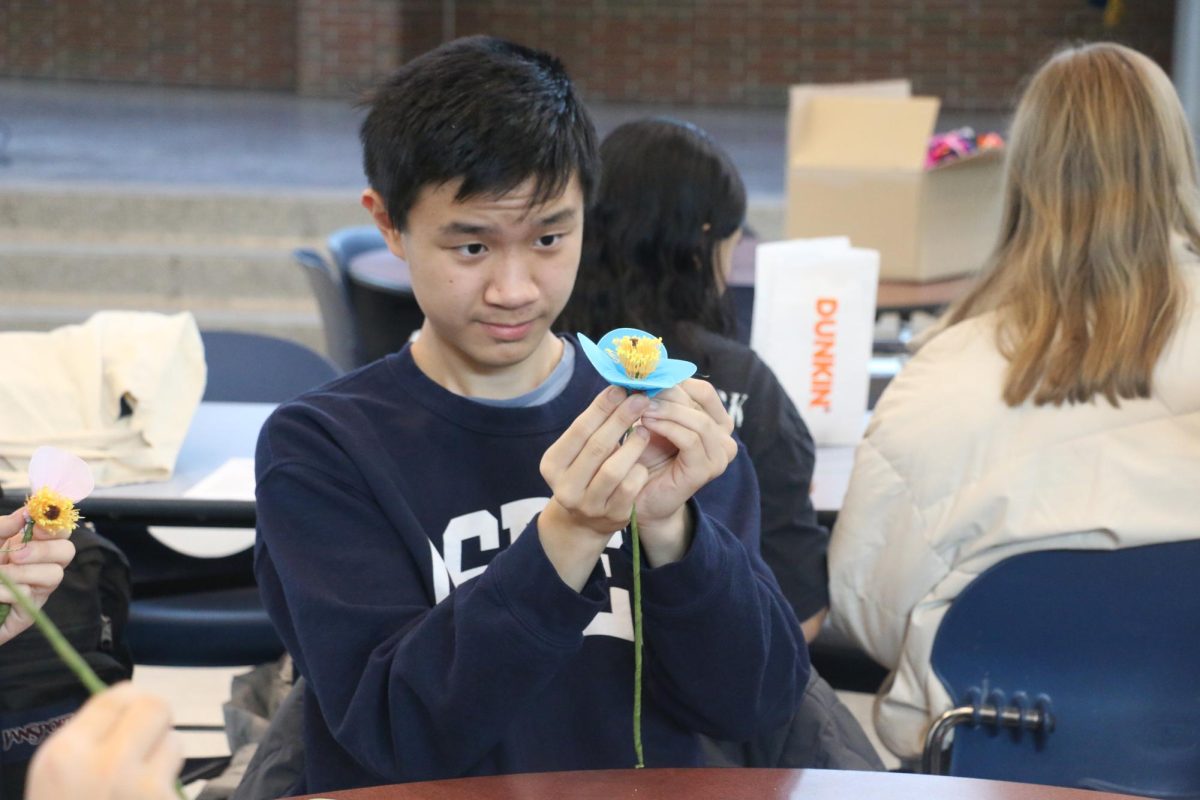

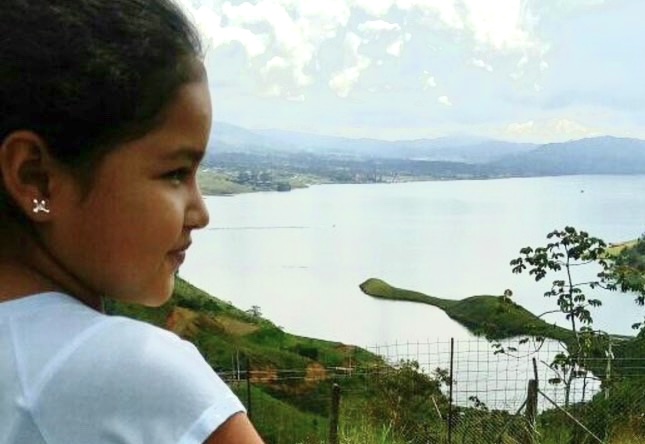

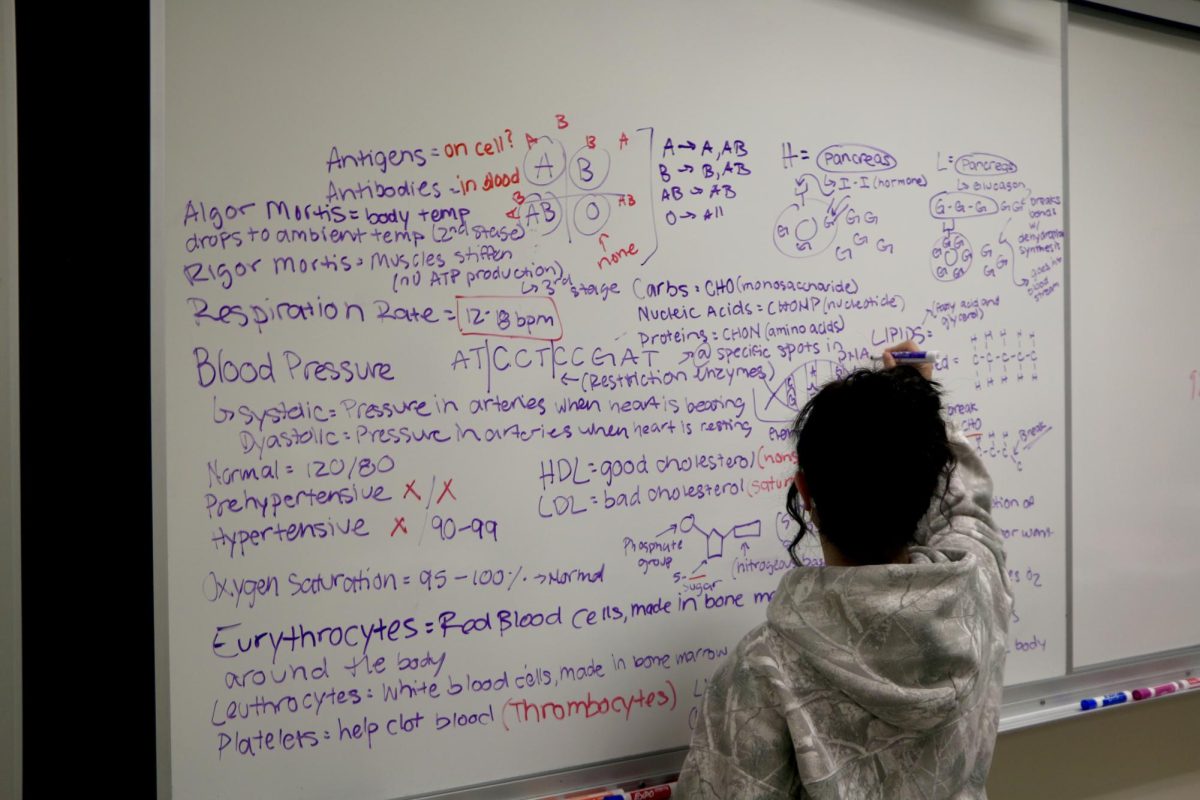
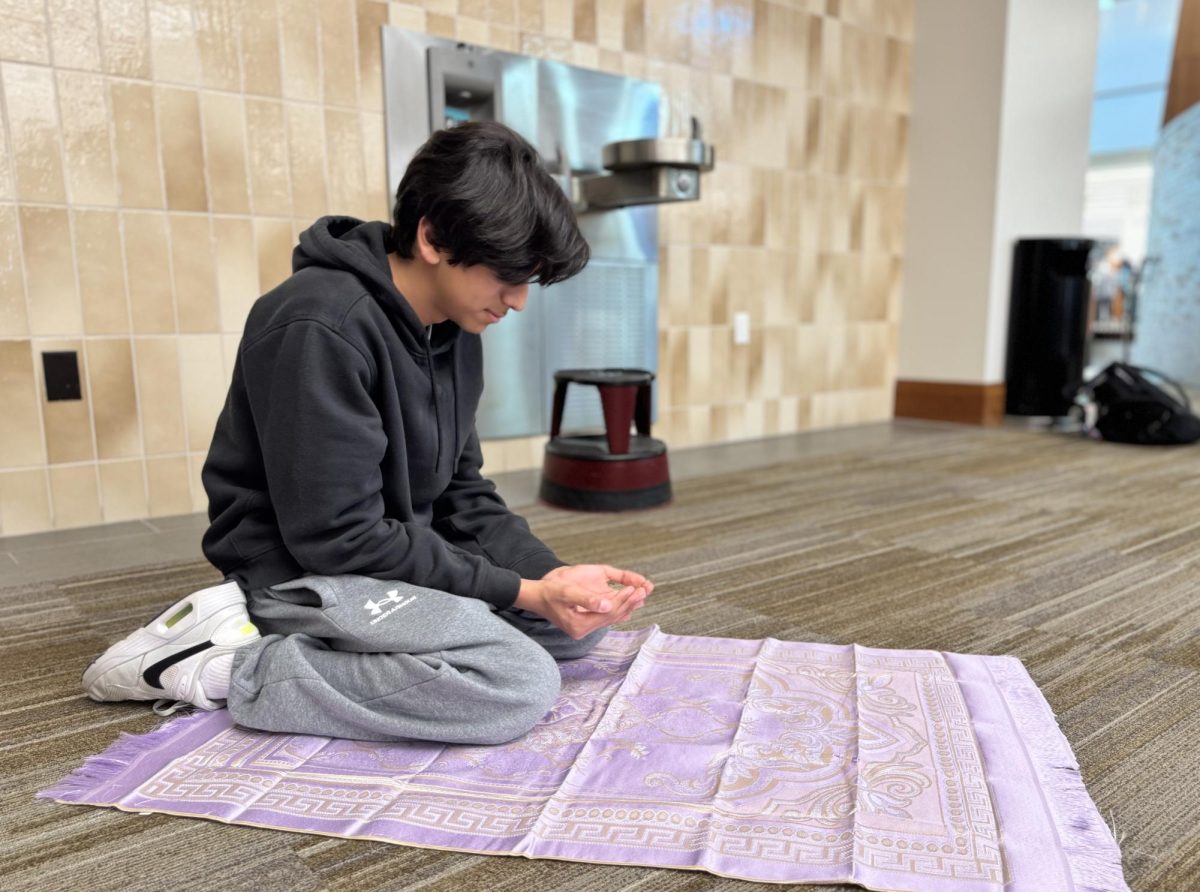





![AI in films like "The Brutalist" is convenient, but shouldn’t take priority [opinion]](https://hilite.org/wp-content/uploads/2025/02/catherine-cover-1200x471.jpg)



































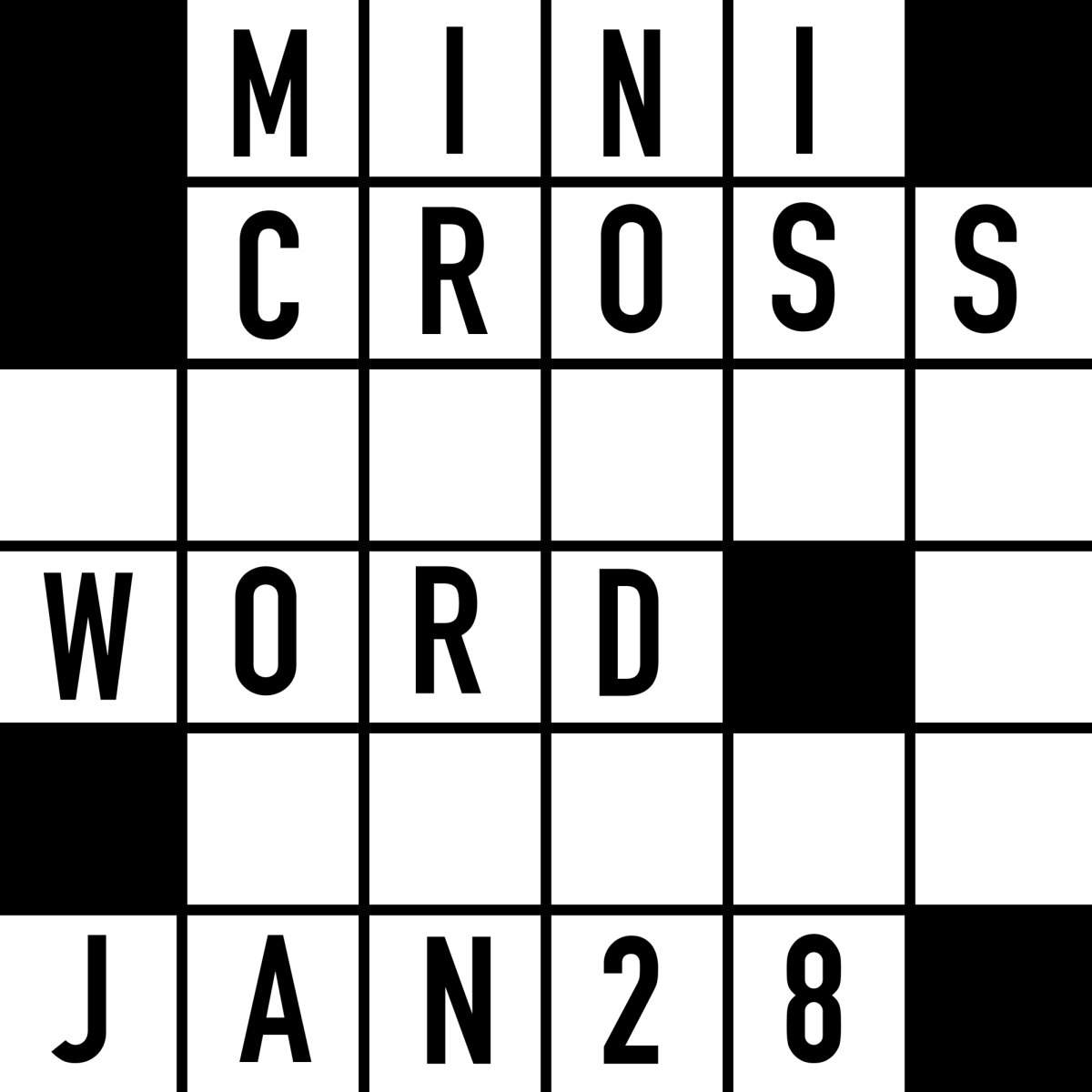









![Review: “The Immortal Soul Salvage Yard:” A criminally underrated poetry collection [MUSE]](https://hilite.org/wp-content/uploads/2025/03/71cju6TvqmL._AC_UF10001000_QL80_.jpg)
![Review: "Dog Man" is Unapologetically Chaotic [MUSE]](https://hilite.org/wp-content/uploads/2025/03/dogman-1200x700.jpg)
![Review: "Ne Zha 2": The WeChat family reunion I didn’t know I needed [MUSE]](https://hilite.org/wp-content/uploads/2025/03/unnamed-4.png)
![Review in Print: Maripaz Villar brings a delightfully unique style to the world of WEBTOON [MUSE]](https://hilite.org/wp-content/uploads/2023/12/maripazcover-1200x960.jpg)
![Review: “The Sword of Kaigen” is a masterpiece [MUSE]](https://hilite.org/wp-content/uploads/2023/11/Screenshot-2023-11-26-201051.png)
![Review: Gateron Oil Kings, great linear switches, okay price [MUSE]](https://hilite.org/wp-content/uploads/2023/11/Screenshot-2023-11-26-200553.png)
![Review: “A Haunting in Venice” is a significant improvement from other Agatha Christie adaptations [MUSE]](https://hilite.org/wp-content/uploads/2023/11/e7ee2938a6d422669771bce6d8088521.jpg)
![Review: A Thanksgiving story from elementary school, still just as interesting [MUSE]](https://hilite.org/wp-content/uploads/2023/11/Screenshot-2023-11-26-195514-987x1200.png)
![Review: "When I Fly Towards You", cute, uplifting youth drama [MUSE]](https://hilite.org/wp-content/uploads/2023/09/When-I-Fly-Towards-You-Chinese-drama.png)
![Postcards from Muse: Hawaii Travel Diary [MUSE]](https://hilite.org/wp-content/uploads/2023/09/My-project-1-1200x1200.jpg)
![Review: "Ladybug & Cat Noir: The Movie," departure from original show [MUSE]](https://hilite.org/wp-content/uploads/2023/09/Ladybug__Cat_Noir_-_The_Movie_poster.jpg)
![Review in Print: "Hidden Love" is the cute, uplifting drama everyone needs [MUSE]](https://hilite.org/wp-content/uploads/2023/09/hiddenlovecover-e1693597208225-1030x1200.png)
![Review in Print: "Heartstopper" is the heartwarming queer romance we all need [MUSE]](https://hilite.org/wp-content/uploads/2023/08/museheartstoppercover-1200x654.png)


